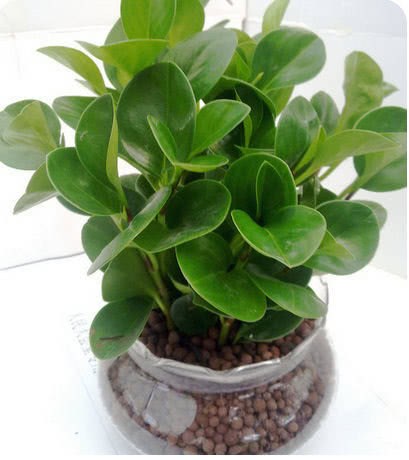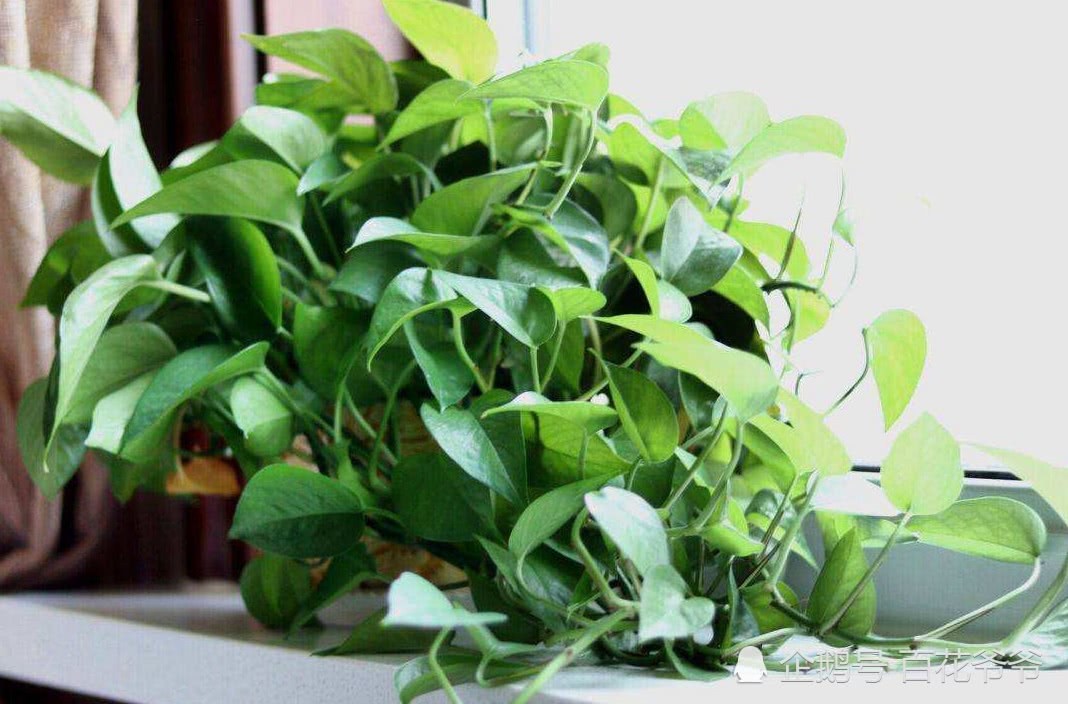Hairy crabs are already wearing hairy gloves before winter.

The north wind rings, the crab's feet itch, the chrysanthemum blossoms, and the smell of the crab comes.
Unwittingly, the best time to taste hairy crabs has come. Chinese mitten crab (Eriocheir sinensis) is probably the most popular and well-known crab. With the arrival of the cold air, the air is getting drier and drier, just as the hairy crabs in this season are beginning to become the darling of gluttonous diners.
I really didn't mean to crave you in the middle of the night! Picture: Oriental IC
Less than two inches of crab fighting contains sweet, fat and tender crab meat and fragrant waxy cream yellow, which can be tasted carefully enough to make people aftertaste the whole golden autumn. While enjoying this delicacy, let's also learn about the story of hairy crabs.
Hairy crabs on the dinner table. Picture: Dennis Wong
A crab with gloves.
Chinese mitten crab, commonly known as hairy crab, river crab and hairy crab, is the largest of the four species of arthropods, Eriocheir sinensis, with a carapace width of up to 8 cm and a body weight of more than 500 grams.
Standard photo of hairy crabs. Picture: Sytske Dijksen / wiki commons
The hairy crab has a round body, dark green back and gray belly, and the most obvious feature is the crab claw, a mitten crab, which is covered with thick brown fluff inside and outside. In addition, because the crab claw looks a bit similar to mittens, it is called "Chinese mitten crab" in English.
The furry claws of Eriocheir sinensis. Picture: Natural History Museum
Among the four species of the same genus, the most similar to the Chinese mitten crab is the Japanese mitten crab (E. japonica), and its distribution also has a lot of overlap with the Chinese mitten crab. The individuals of Japanese mitten crabs are relatively small, but to accurately separate the two, it is necessary to observe the frontal teeth between their eyes: the frontal teeth of Japanese mitten crabs are corrugated, while the frontal teeth of Chinese mitten crabs have four distinct cusps.
The specimen of Japanese mitten crab, pay attention to the shape of the forehead teeth. Picture: Daderot / wiki commons
The forehead teeth of Eriocheir sinensis are significantly more sharp. Picture: Peter van der Sluijs / wiki commons
The individuals of the other two species of mitten crabs, E. leptognathus and E. rectus, are much smaller. The frontal teeth of these two kinds of mitten crabs are only divided into two leaves, and only one side of the chelate foot has villi. The narrow forehead mitten crab has villi only on the inner surface of the chelate foot, while the straight forehead mitten crab has villi only on the outer edge of the chelate foot.
Eriocheir sinensis with narrow jaw, the villi are only distributed on the inside of the crab claw. Picture: Little Dolphin in the Wave
The sea, where life begins.
Hairy crab is a kind of migratory crab. To put it simply, it is born in sea water and grows in fresh water. They spend most of their lives in fresh water, and "crabs go down the river and return to the sea at the turn of autumn and winter." Around this time of year, hairy crabs mature their gonads and begin to migrate to the sea, in other words, when they are fattest.
The best time for hairy crabs every year is only two or three months. Picture: museilyvm
Nearly mature hairy crabs migrate down the river to the near shore of the estuary and mate with each other at the beginning of the next spring, stimulated by salinity and temperature. After ovulation, the fertilized eggs adhere to the bristles on the abdomen. Naturally, lice-like larvae take three to four months to hatch, and the hatched lice-like larvae begin to float in the sea. Hairy crabs have only one breeding cycle in their life. after completing the great event of passing on the family line, they die one after another.
The mating posture of hairy crabs. Picture: seerecht.org
The hatched flea larvae need to molt five times before they become big-eyed larvae, each molting body will increase, and each molting is a barrier of life and death. The big-eyed young hairy crab begins to approach to fresh water. After shelling again, the hairy crab becomes young, its abdomen curls under its breastplate, loses its swimming ability, and begins to return to the freshwater camp for benthic life. After nearly 20 molts in the next year, the crab begins to sexually mature and prepares for the next reincarnation.
The life history of hairy crabs. In figure 2 is flea larva and 3 is bigeye larva. Photo: Xu Xingchuan (1994)
The thriving hairy crab farming industry
Chinese mitten crab Eriocheir sinensis is widely distributed in China, including Bohai Sea, Yellow Sea and East China Sea. Because they can travel freely between sea water and fresh water, they also have their footprints in the rivers and lakes connected with the ocean, including lakes more than 1000 kilometers away from the ocean.
At first, the breeding of Chinese hairy crabs basically depended on seedlings caught from nature. however, the mixed seedlings of three kinds of mitten crabs, as well as environmental pollution and the transformation of inshore and rivers, the production of Chinese mitten crabs has been in short supply. this situation did not slowly take a turn for the better until the success of artificial breeding of hairy crabs in the 1970s.
The hairy crab breeding base in Yangcheng Lake. Photo: Zhang Jinqiao / Oriental IC
Now, in the vast areas suitable for hairy crabs, hairy crab farming is very prosperous, especially in eastern China. The annual output of Chinese hairy crabs has exceeded 800000 tons, with an output value of more than 50 billion yuan.
A "wanted" crab
On one side, they love hairy crabs, while on the other, people don't want to see them.
When Europeans see this giant hairy crab in Kunshan, they must be full of confusion. Photo: Jin Xintao / Oriental IC
Outside China, the natural distribution of Chinese mitten crabs is only along the Yellow Sea coast of the Korean Peninsula, but this calm changed at the beginning of the last century as cargo ships communicating across the sea went back and forth.
In order to sail steadily on the sea, cargo ships often load a certain amount of water before departure, and then release it as needed when they arrive at their destination. However, not only the water was pumped in from the port, but the hairy crabs also unknowingly followed the ballast water to the rivers of Europe.
In 1912, hairy crabs were first found in German rivers. Due to the favorable environment, no interference from natural enemies and human fishing, hairy crabs began to breed rapidly. In just a few decades, they have invaded the Thames, Rhine and other major European river systems, flooding everywhere, digging holes to destroy water conservancy facilities and crowding out native species, which has become a major headache for ecological managers in European countries.
The map of the invasion of Eriocheir sinensis in Europe shows that red is the established population and blue is the undetermined population. Picture: S. Gollasch/ europe-aliens.org
In 1992, hairy crabs crossed the Pacific Ocean, was found in San Francisco Bay in the United States, and successfully settled there. Then, in 1998, the reproductive migration of hairy crabs in the river led to the blockage of a fish migration channel in Tracy, California. a large number of fish died of hypoxia. Now the Chinese mitten crab has become a wanted invasive species in the United States.
What do you mean, send China's foodie to destroy them? You still think too simply, China's invasive species have not been wiped out by foodie, do you believe it? Let's take a look at today's two.
This is the 276th article in the fourth year of the species calendar, from @ Langli Little Dolphin, author of the species calendar.
Okay, one last question:
Calendar Niang today's avatar
Japanese male crab of the family Guangong crab
- Prev

And foolishly spend money on potted plants. I don't know what to say about you? The flower will grow all over the plate as soon as it is thrown away.
Summer is over. You can start buying all kinds of potted plants. In view of the things we bought before, we must be very careful! But what you don't know is that some words don't need to be bought at all. Douban green, this should be the most white-collar worker in the office.
- Next

Raise rich trees and green pineapple with this water every month without yellow leaves for 10 years
Fortune tree and green pineapple are common foliage plants in home life, especially green pineapple, known as lazy plant, which is one of the necessary potted plants for every family. recently, many flower friends have left messages that their own wealth trees and green turnips have been raised quickly.
Related
- Wuhan Hospital Iron Tree Blooming Result Was Instantly Frightened by the Gardener Master
- Which variety of camellia is the most fragrant and best? Which one do you like best?
- What is the small blue coat, the breeding methods and matters needing attention of the succulent plant
- Dormancy time and maintenance management of succulent plants during dormancy
- Minas succulent how to raise, Minas succulent plant pictures
- What are the varieties of winter succulent plants
- How to raise succulent plants in twelve rolls? let's take a look at some experience of breeding twelve rolls.
- Attention should be paid to water control for succulent plants during dormant period (winter and summer)
- Watering experience of twelve rolls of succulent plants
- Techniques for fertilizing succulent plants. An article will let you know how to fertilize succulent plants.

